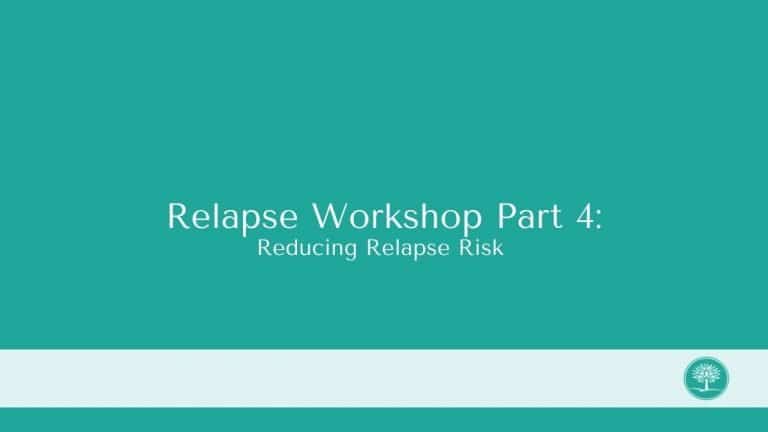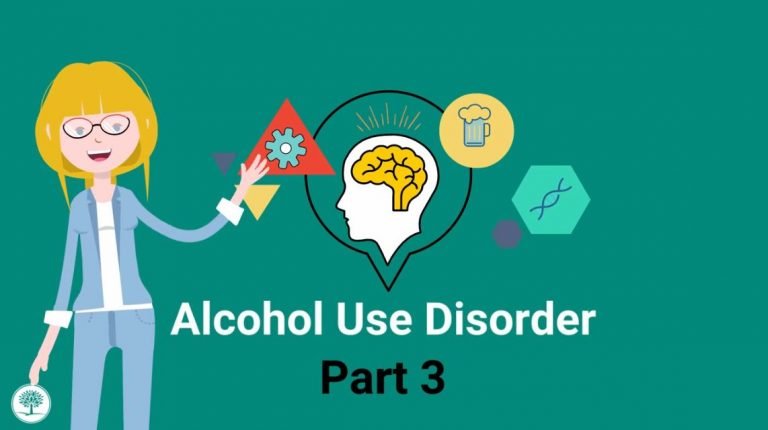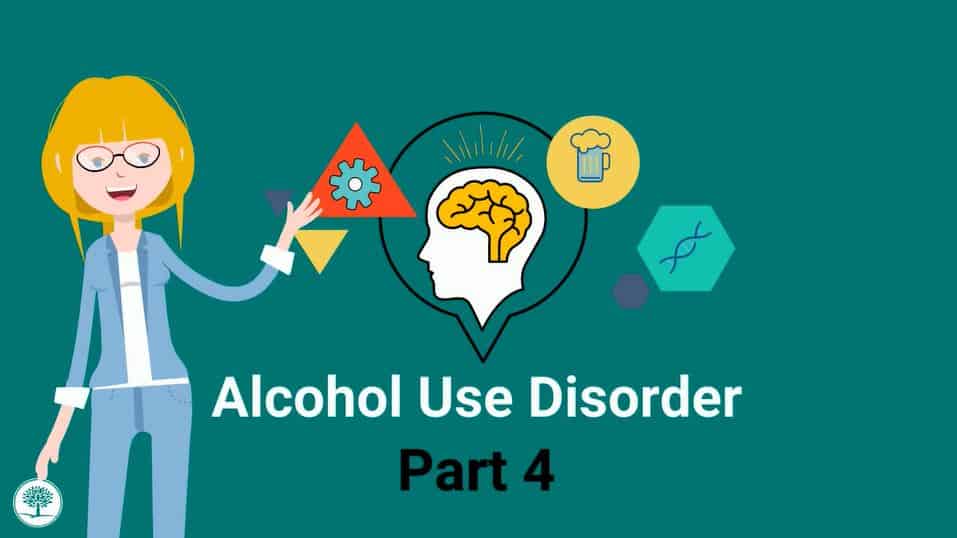Cognitive Behavior Therapy (CBT) for Depression 101
Welcome to this series on Cognitive Behavioral Therapy, commonly referred to as CBT, for depression. In this lesson we will go over depression.
Everyone gets sad sometimes and needs something to help them get back on track. Maybe you’ve had a serious bout of depression in the past, or bouts of depression, and now you’re starting to feel a little down. Unmotivated. Tired. You notice the glass is always half-empty.
CBT for depression offers useful strategies to help you reset your thinking and your behavior.
The cognitive part of CBT concerns the thoughts you have when you feel depression coming on. Those thoughts usually center around the helpless, hopeless feeling that nothing you do is right, that nothing is going to work out and there’s nothing you can do about it.
The first step is to identify the cognitive triad. Your typical, depressive thoughts probably fall into one or more of three categories.
They are negative thoughts about yourself, the world and the future. Thoughts like:
I’m a bad person — a thought about the self.
No one loves me — a thought about the world.
Nothing will ever get better — a thought about the future.
What are your negative beliefs about yourself, the world and the future? Take a minute to identify those thoughts.
The next step is to dispute those thoughts.
Disputing negative thinking requires you to get out of your head for a moment. Instead, imagine what someone else might say to you. Or be a scientist and examine facts and evidence.
Are you really a bad person? What would the person who loves you best in the world say to that? What would a therapist or counselor say to that? A mentor? A sponsor?
Can you dispute negative thoughts with facts and evidence, like:
I’m really not a bad person. I’m a good partner, professional or parent. I give to charity and help others. I’m a hard worker. I’m trying to get better every day.
The ABCs help you identify your thoughts and behaviors when you’re feeling depressed.
Think about something that has triggered depressed feelings and go through the ABCs.
A is for the activating event, or trigger. Something happens, the activating event, that triggers unhappiness or dissatisfaction.
Activating events are things like loss (a job, relationship, money), perceived criticism or disrespect (from a friend, child, partner, boss), not getting enough sleep or feeling sick.
B is for the beliefs that follow the trigger. Identify the thoughts and beliefs that come up after the activating event.
You get laid off from a job. Remember the cognitive triad? You may think you are worthless (self), useless to your family (world) and you will never get another job (future).
C is for the consequences that come about after the event. The negative triad activates and maintains depression. You decide to stay in bed all day instead of getting up and looking for a job. You’re feeling irritable and get into a conflict with your partner.
Now that you’ve identified the pattern, move on to experimenting with changes in your thoughts and behavior.
Try to dispute and modify the beliefs you identified in the ABCs.
Examine the evidence. Are you really worthless? Aren’t there a lot of things you have going for you? Things that other people can identify. Are you useless to your family? Aren’t you doing things for the family you can’t do when you’re out working? Have you ever been without a job for long? Hasn’t something always come up?
Work on re-attribution, reframing and putting things in perspective.
I’m not worthless because I got laid off. Other people in the company were laid off. I have a great work history. This is a good opportunity to get things done around the house. I’ll spend time networking and get some help sprucing up my resume. I can always take a small pay cut or try something a little different. I’m a quick learner. I think I’d enjoy trying something new.
Keep track of the way you have reframed things and disputed your negativity. Use it in the future when you feel down, to remind yourself of positive ways of thinking.
The behavioral part of CBT refers to taking the next step. When your thinking doesn’t get in the way, you can make use of the time you have while you’re laid off to look for a job and plan for your future. You think more clearly when you can check the negativity that goes along with depressed feelings.
Thank you for choosing The Recovery Village. If you or a loved one are struggling with mental health or substance abuse and would like to find out more about the programs we offer, please reach out to us directly at 855-387-3291.









